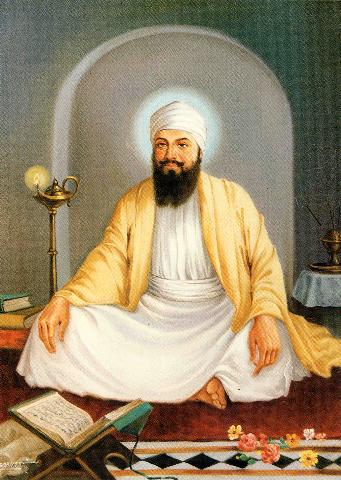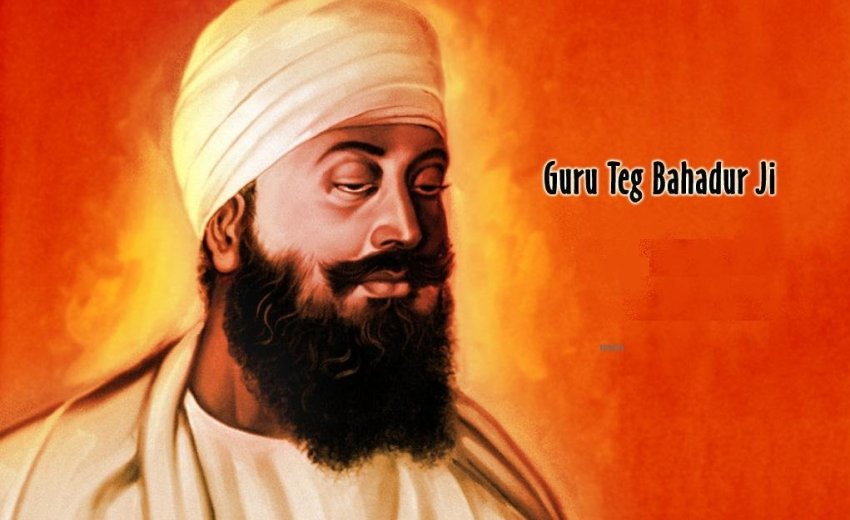 CHANDIGARH: The martyrdom of the ninth Sikh Guru Tegh Bahadur is a very important day in the religious calendar of the Sikhs. The occasion will be celebrated on November 24 by Sikhs all around the world.
CHANDIGARH: The martyrdom of the ninth Sikh Guru Tegh Bahadur is a very important day in the religious calendar of the Sikhs. The occasion will be celebrated on November 24 by Sikhs all around the world.
Scores of devotees take out huge processions and Kirtans are also sung to pay homage to the Guru. Sermons and lectures are also organized. Chairperson of the department of Guru Nanak studies, Panjab University, Jaspal Kaur said, "The translation of guru's name 'Tegh Bahadur' is 'master of the sword.' However, he was master of the spiritual sword not the political one." The guru always said, "be bold and fearless with others but not God." Amarjit Singh Kang, senior professor, department of Sikh studies, Kurukshetra University said, "Born on April 1, 1621, in Amritsar, the guru was the youngest of five sons of the sixth guru Guru Har Gobind."
Guru Tegh Bahadur's earlier name was Tiyag Mal. He took active part in wars against rulers along with his father Guru. Seeing his valour, his father named him 'Brave of the Sword' - Tegh Bahadur. "Guru Har Gobind institutionalized the concept of - Miri (political sword) and Piri (spiritual sword). He used to wear two swords which represented these two concepts.
One day when the guru lifted young Tegh Bahadur, he grabbed the sword that represented Piri," he added.
During his adult life, the guru came up with a triple formula - Naam, Dan and Isnaan.
While Naam means to meditate (Waheguru), Daan is sharing one's earnings and Isnaan (bath) before the morning prayers. He said those who followed these principles would free themselves from all worldly desires. On the advice of his father, Guru Tegh went into seclusion and meditated for about 25 years at Bakaala village till year 1665 AD, following which he was offered Guruship. Later, the guru travelled up to Bengal and Assam. On the way, he stayed at Patna. It was at Patna that his son 'Gobind Rai' was born. The historian says once the guru played mediator between two rival kings in Assam and avoided bloodshed.
After about 5 years, he came back to Punjab and founded the city of Anandpur Sahib. Amarjit said, "Aurangzeb was the most cruel and dreaded king. He ruled India for over 50 years. He had imprisoned his sister, father (Shah Jahan), murdered all his brothers to become the king. To elevate his position in the eyes of his people, he posed to be a good Muslim." "To please his community, he started converting Hindus to Muslims by force. Those who refused conversion were beheaded," the scholar said.
Though Aurangzeb forcefully stated converting Hindus to Muslim religion in all Southern states, including Bengal, Bihar, Rajasthan, Gujarat etc. He also started the systematic and vigorous conversion of high caste Brahmins of Kashmir.
In 1674 AD, Kashmiri Brahmins requested Guru Tegh Bahadur to save them from Aurangzeb's ruthlessness. It was then that the guru decided that he would sacrifice himself to stop this cruel practice.
Guru Tegh chose his son as the next guru of the Sikhs and offered himself for the supreme sacrifice.
Amarjit said, "In 1675 AD, Guru Tegh Bagadur was arrested in Agra along with few of his followers and brought back to Delhi. He was asked to convert to Muslim religion. He was later asked to prove that he was a godly person and show miracles."
To this, the guru replied, "It is an individual's right to choose the religion he wants to follow. Showing miracles is against the will of god and laws of nature. I don't fear death and am prepared to die."
The guru was imprisoned in an iron cage. Three of his followers were killed in front of his eyes.
"His first follower was cut longitudinally into two pieces with a saw by fixing him in wooden planks, another was boiled in water and the third was burnt in cotton wool. With their face towards the Guru, the three Sikhs sacrificed themselves without any remorse. Yet the guru's stand was firm," the historian said. Following this, the Guru was beheaded in 1675 AD, the very place where Gurdwara Sis Ganj Sahib now stands in Delhi.
